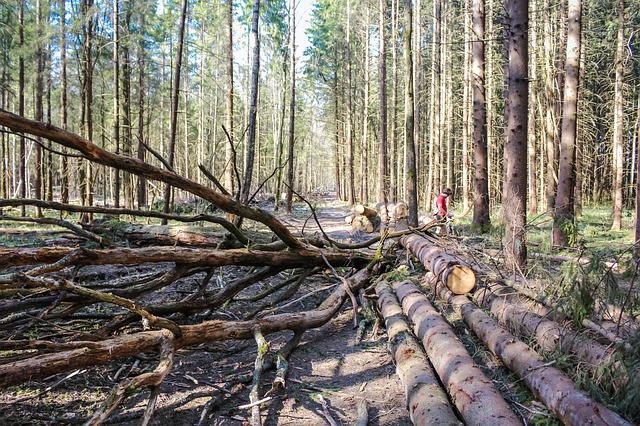Louis Alloro, co-founder and faculty member for the Certificate in Applied Positive Psychology (CAPP) at The Flourishing Center, recently presented a webinar on The Science of Resilience. In his presentation, he described resilience as the ability to persist in the face of adversity or setbacks in the pursuit of one’s goals. This approach focuses on perseverance when encountering blockages – a view that emphasizes the ongoing nature of resilience, rather than the espisodic view which describes resilience as “bouncing back” from some major adversity.
Positive Psychology and resilience
Positive Psychology has its foundations in the work of Dr. David Seligman, author of the books, Learned Optimism and Authentic Happiness. David highlighted our capacity to live an optimally fulfilling life through training ourselves to think positively rather than indulge in negative or pessimistic thinking. Positive thinking keeps us open to possibilities, while pessimistic thinking focuses on barriers to achievement. Resilience builds through positive thinking, while pessimistic thinking leads us “to give up”.
In David’s view, “authentic happiness” is achieved by putting the spotlight on our strengths, not our deficiencies. This positive perspective enables us to develop what is best in ourselves, rather than being obsessed with where we “fall short” or where we deem ourselves to be “not good enough”. Focus on the positive aspects of ourselves enables the achievement of sustainable contentment or equanimity and releases the energy to build a better world. It shifts the emphasis from avoiding “mental illness” to developing “wellness”.
Our thinking shapes our emotions and behaviour
In his presentation, Louis discussed the ABC Model underpinning authentic happiness. “A” stands for the activating event (or stimulus), “B” for beliefs or thoughts about the event and “C” for consequences expressed in terms of emotions and behaviour. So, when something happens, we can view it positively or negatively and, depending on our beliefs or thoughts about the situation, we will experience emotions (positive or negative) which, in turn, leads to our behaviour. One of the easiest ways to view this cycle (optimistic or pessimistic) is to consider the possible range of responses to “being ignored by a colleague at work”.
Louis reminds us of the words of Viktor Frankl that there is a gap between stimulus and response, and that choice and consequent freedom lie in the gap. We can choose how we use the “gap” to shape our thinking about a situation and that choice determines our resilience and happiness. A fundamental way to do this is to bring mindful awareness to our intention (why we are doing what we are doing), to our attention (consciously paying attention) and to our attitude (one of accepting what is, openness to possibilities and curiosity about our inner and outer world).
As we grow in mindfulness through meditation and reflection, we can progressively overcome our innate negative bias and build a positive orientation that develops our resilience, releases energy and opens the way for creative actions to deepen our wellness and happiness and contribute to a better world. Developing mindful awareness of what we bring to each situation – our intention, attention and attitude – enables us to be truly resilient in the face of difficulties and blockages (real or imagined).
____________________________________________
Image by athree23 from Pixabay
By Ron Passfield – Copyright (Creative Commons license, Attribution–Non Commercial–No Derivatives)
Disclosure: If you purchase a product through this site, I may earn a commission which will help to pay for the site, the associated Meetup group and the resources to support the blog.




